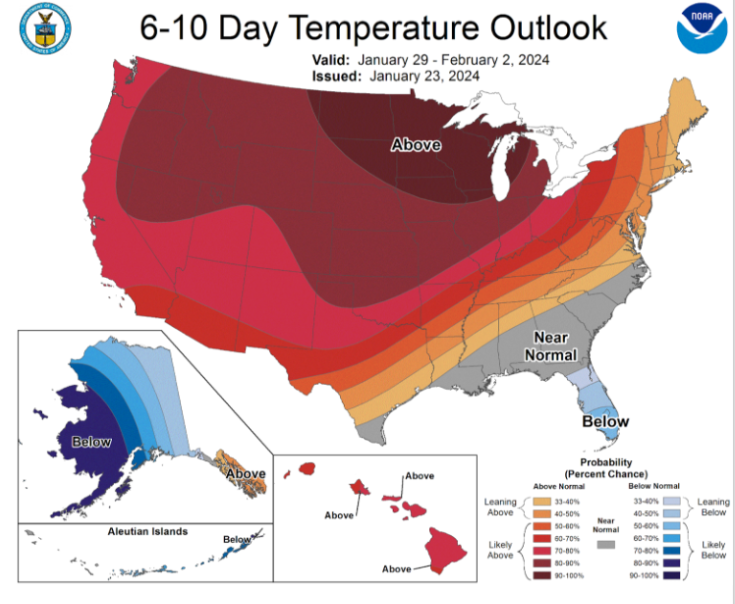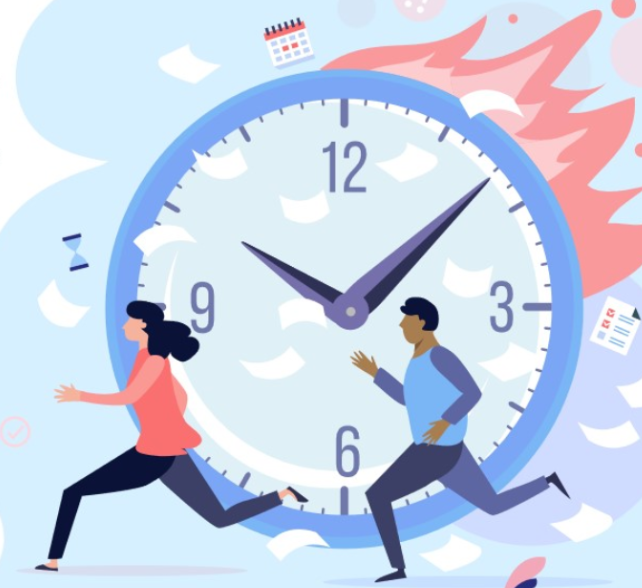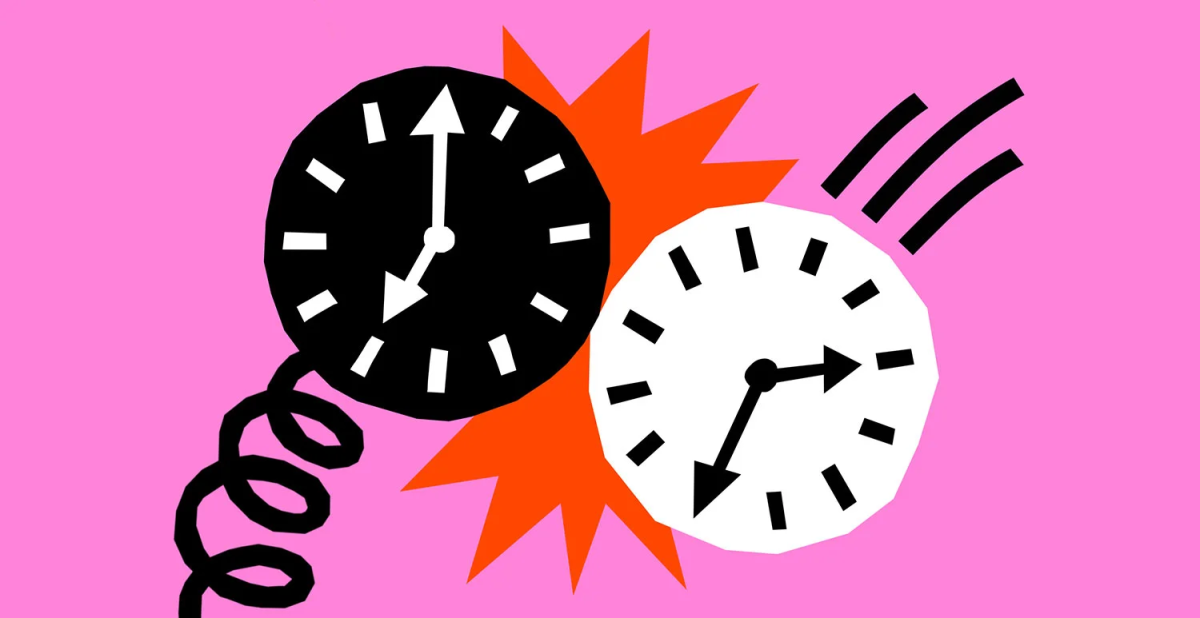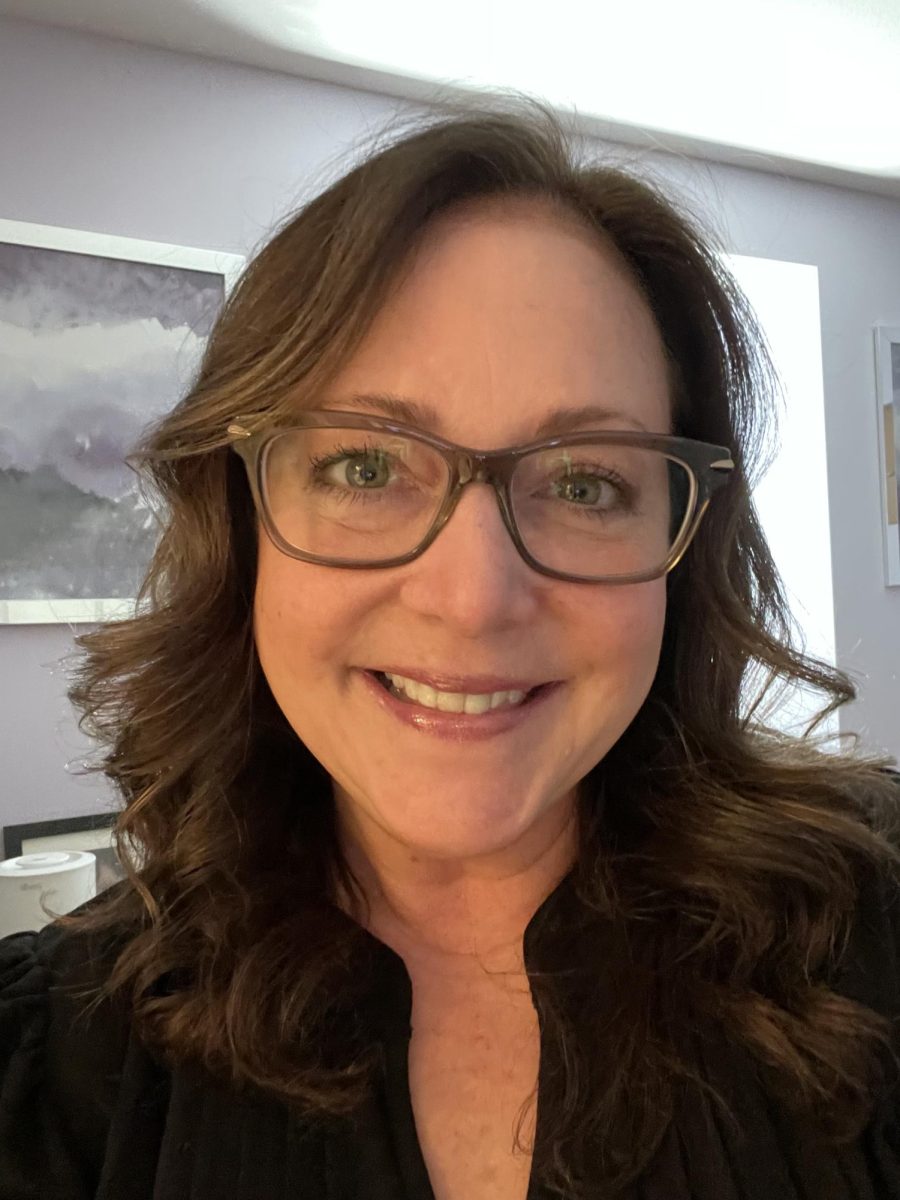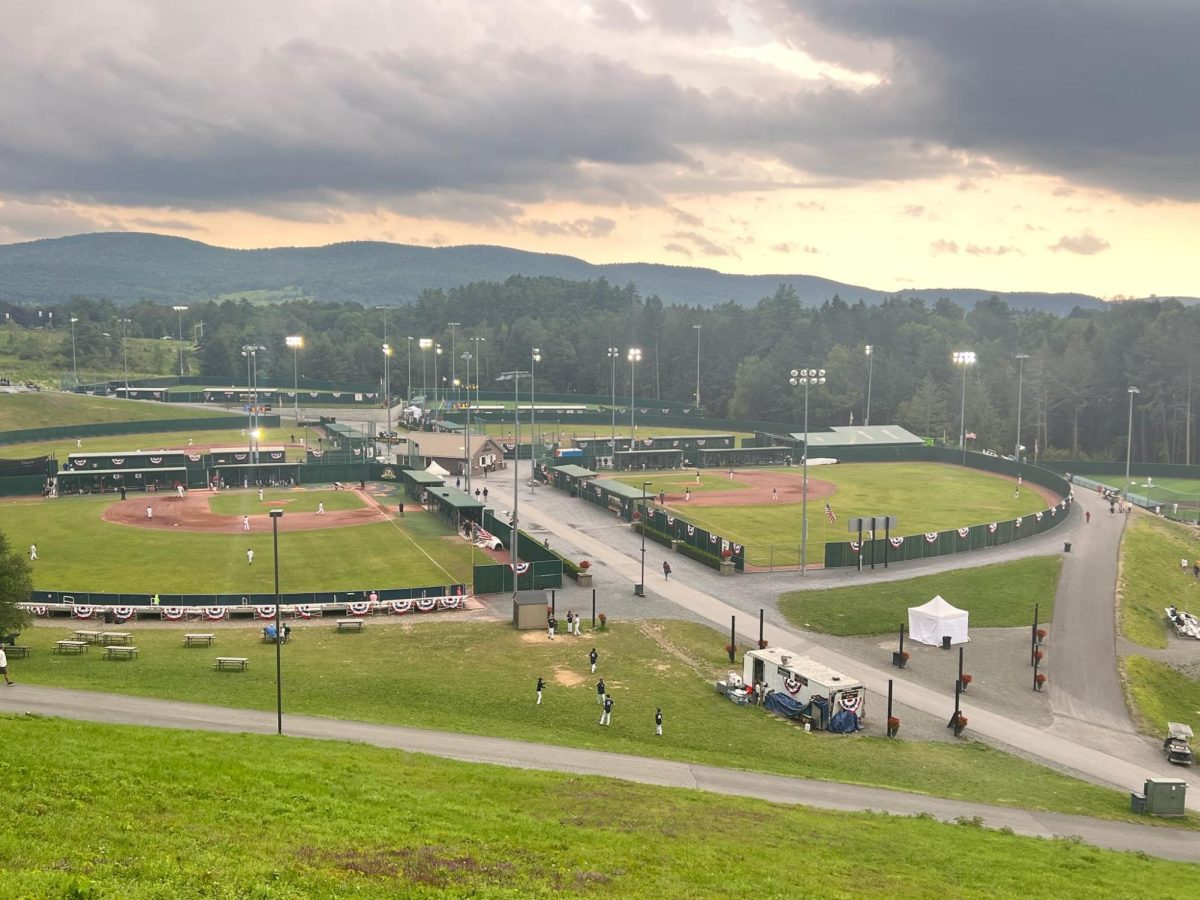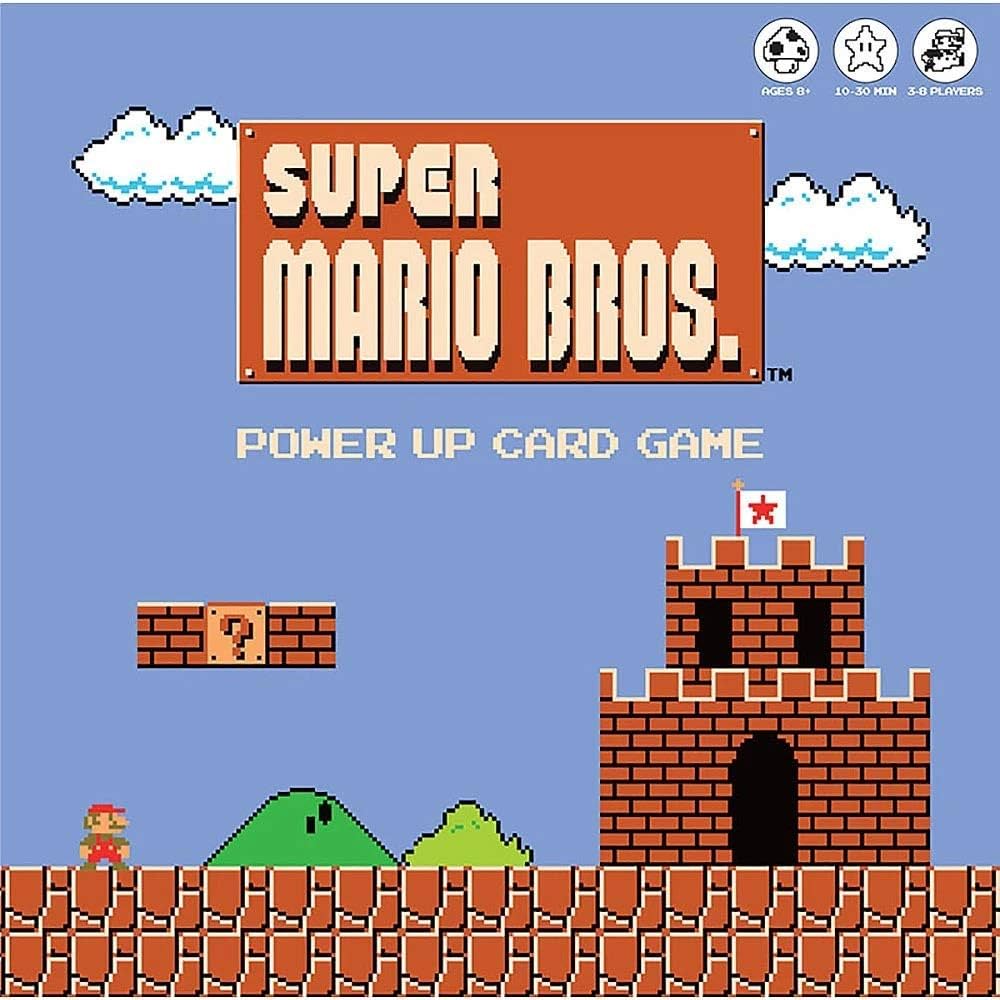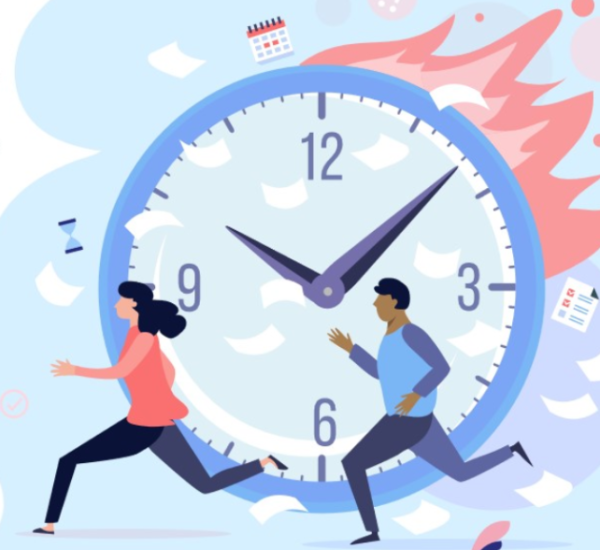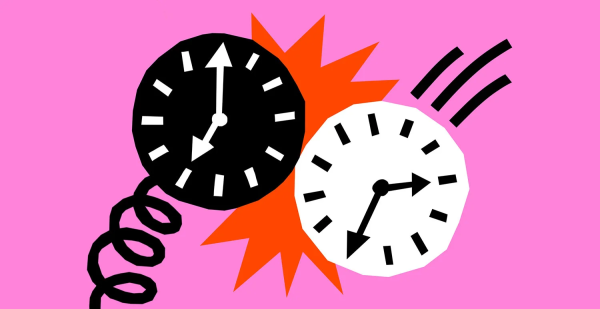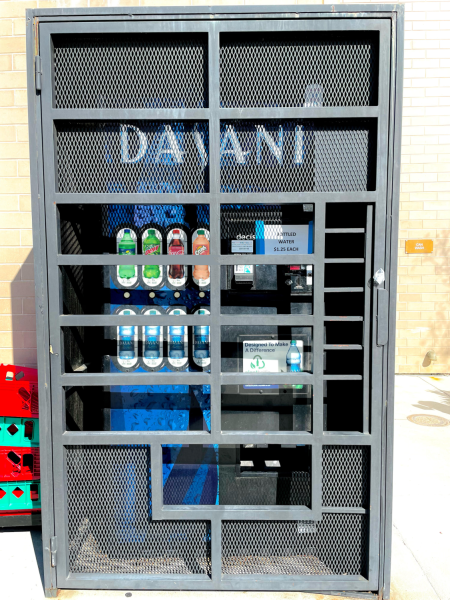Daylight Savings
March 29, 2023
On Sunday, March 12, 2023, people across North America, Europe, and parts of Africa and Asia added an hour to their clocks. Because of this, many people who are typically greeted with sunlight when they wake up, are instead greeted with darkness.
Out of 195 countries in the world, the United States is just one of the 70 countries that participate in Daylight Savings Time (DST). Originally known as ‘Fast Time’, the idea of DST was first introduced in 1784 by Founding Father Benjamin Franklin during his visit to Paris as an American Delegate in an essay titled An Economical Project. Despite Franklin’s efforts to enforce DST, it wasn’t until 1916 that it started becoming a national practice, starting with those in Germany and Hungary as a way to preserve coal during World War l. Once they realized how beneficial and helpful it was during the war, most of Europe soon followed.
After the Energy Policy Act of 2005 was established by the United States Congress, which helped reduce pollution, cut consumer costs, and minimize our dependence on foreign energy supplies, every state or territory in the US was given the choice to participate in DST. Out of the 64 states and territories in the US, only 8* decided to opt out of the national practice.
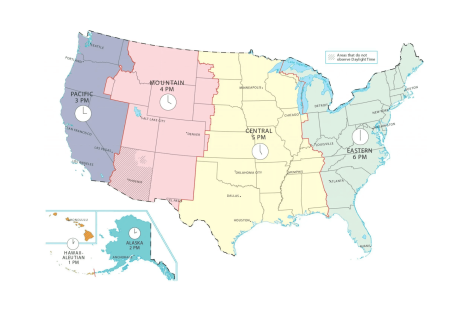
A map of the DST times as well as places that don’t observe DST in the US.
The intention of DST was to make better use of daylight. During the summer, the sun stays up longer in areas like the US due to the northern part of the Earth being tilted towards the sun during the summer months. When we add an hour to our clocks, we are allowing the time when the sun is out longer. We switch our clocks twice a year, adding an hour to our clocks on the second Sunday in March and subtracting an hour on the first Sunday of November.
For some people, DST is extremely important and beneficial, but for others, it serves no purpose. According to an Economist/YouGov poll that was conducted in November of 2022, only about 21% of the Americans living in the US, look forward to DST. There have also been talks in Congress about making DST permanent instead of having to change our clocks twice a year. This option is a lot more popular, with about 61% of Americans favoring the permanent time change as seen in a poll conducted by Monmouth University in March of 2022. Here at Rio Norte, only about 33% of the students look forward to DST while about 58% of the students at Rio preferred a permanent time change.
DST is known to be hard to adjust to, especially for those who don’t travel or aren’t used to adjusting to different time zones. Studies show that during the first few weeks of DST, there is often a higher rate of car accidents, workplace-related injuries, and suicide. One way to try and better adjust to the time change is by going to bed earlier. Since we add an hour to our clocks, we lose an hour of sleep, so going to bed earlier can help you adjust. Another tip is to not take naps during the day. Taking naps during the day can mess up your ‘internal clock’ even more. Trying to stay on schedule is a common tip that many experts will give.
*Hawaii, most of Arizona, Puerto Rico, the US Virgin Islands, Northern Mariana Islands, Guam, and American Samoa opted out


